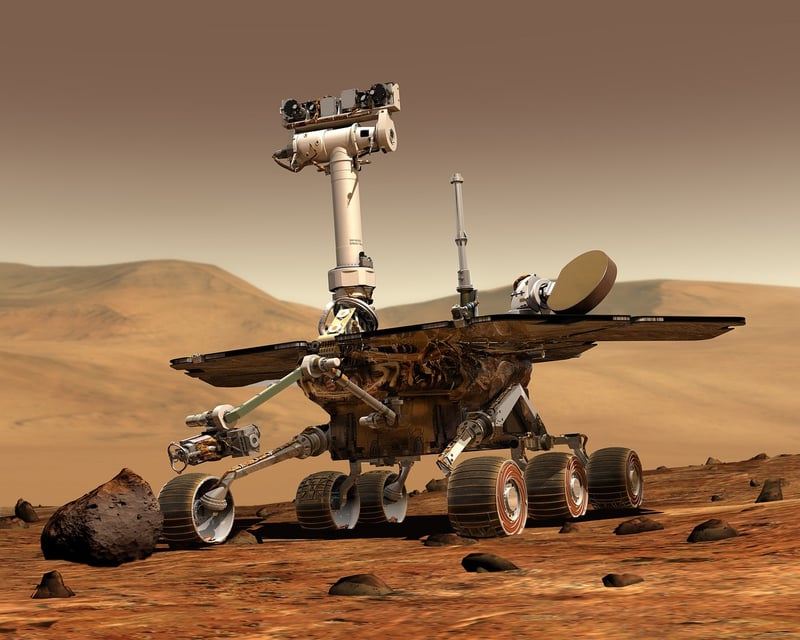Interstellar Societies
Exploring Life on Other Planets and Interstellar Societies
Introduction
As humanity's curiosity about the universe grows, the idea of living on other planets and establishing interstellar societies has captured our imagination. Let's delve into the possibilities of inhabiting distant worlds and the potential for interstellar civilizations.
Life on Other Planets
With advancements in space exploration and technology, the concept of colonizing other planets has transitioned from science fiction to a plausible reality. Planets like Mars, with its similarities to Earth, are prime candidates for human habitation. The challenges of living on such planets include creating sustainable environments, ensuring access to resources, and adapting to the unique conditions each planet offers.
Potential Planets for Colonization:
Interstellar Societies
Imagining societies that span across multiple star systems opens up a realm of possibilities for human civilization. Interstellar societies would require advanced technologies for faster-than-light travel, communication across vast distances, and sustainable living in space. Concepts like generation ships, where entire civilizations travel through space over generations, showcase the challenges and potential of interstellar societies.
Key Aspects of Interstellar Societies:
- Advanced propulsion systems
- Long-term sustainability in space
- Interstellar communication networks
Conclusion
The exploration of other planets and the concept of interstellar societies represent the next frontier for humanity. While the challenges are immense, the rewards of discovering new worlds, expanding our civilization beyond Earth, and fostering cooperation on a galactic scale are truly awe-inspiring. As we continue to push the boundaries of space exploration, the dream of living on other planets and forming interstellar societies may one day become a reality.


